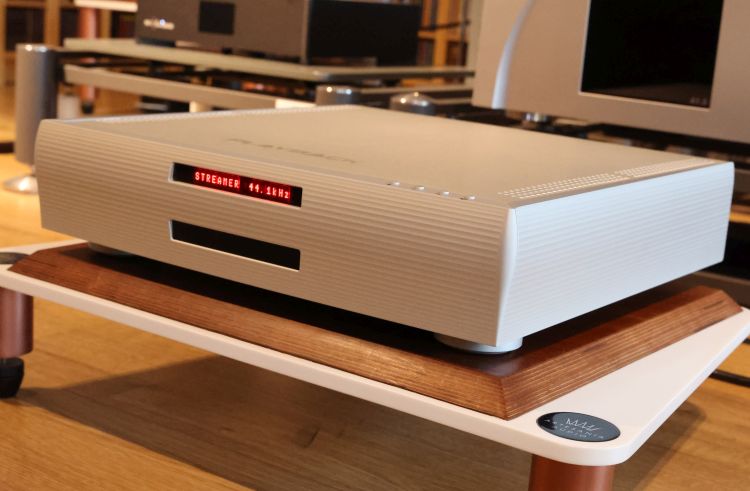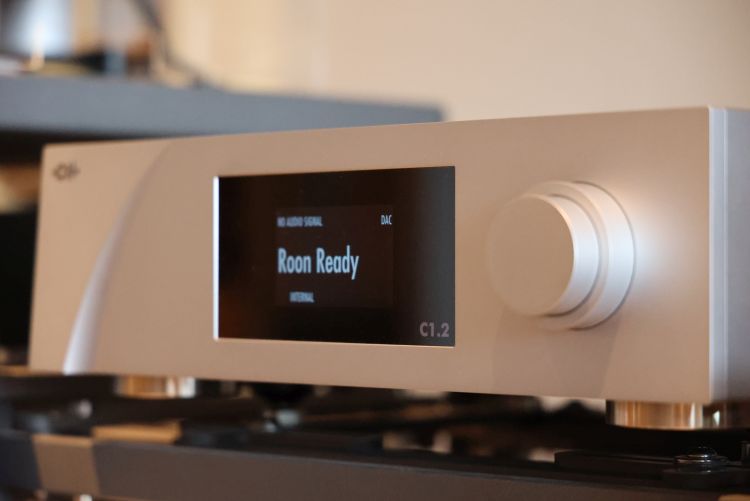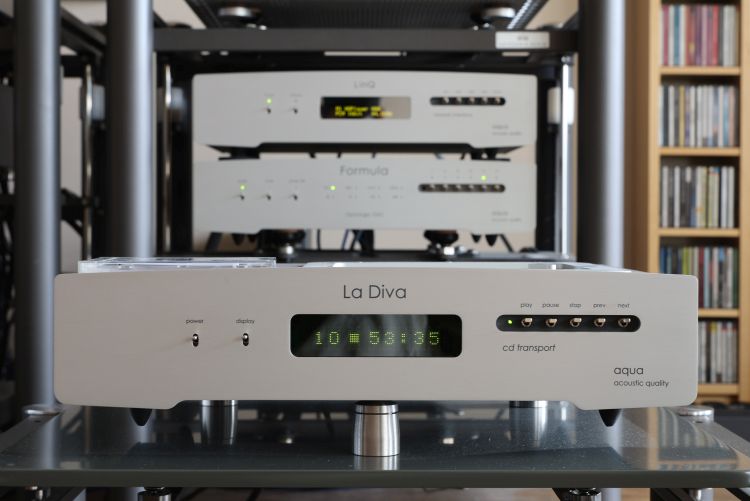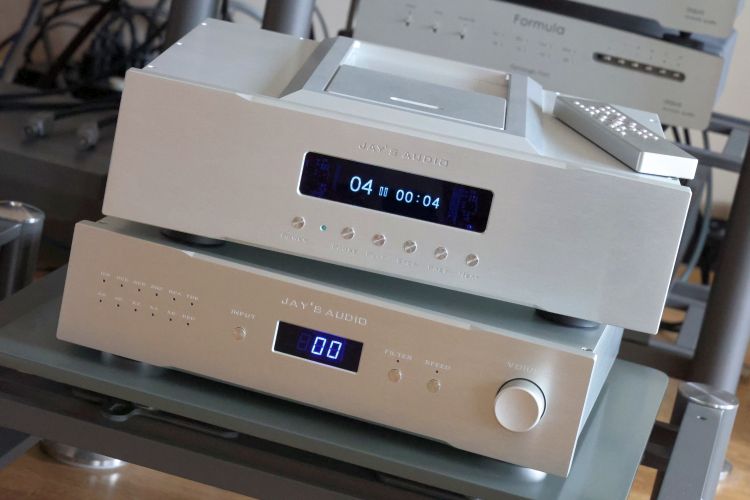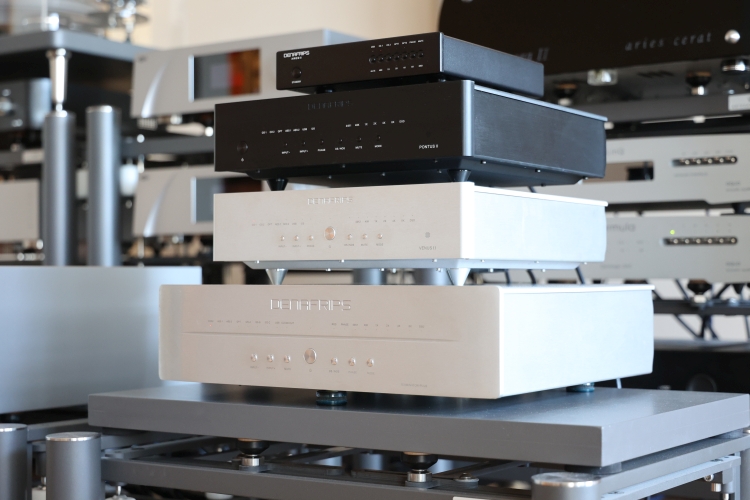dCS Puccini CD/DAC & Paganini Clock/USB Interface – Quick Impression

Foreword
These models were introduced in 2007, but this is the first time I heard the dCS Puccini CD/SACD Player and DAC and Paganini Master Clock/USB Interface in the context of my own system. Since many people are shopping in the second-hand market, I thought it would be worth sharing my Quick Impressions of these products.
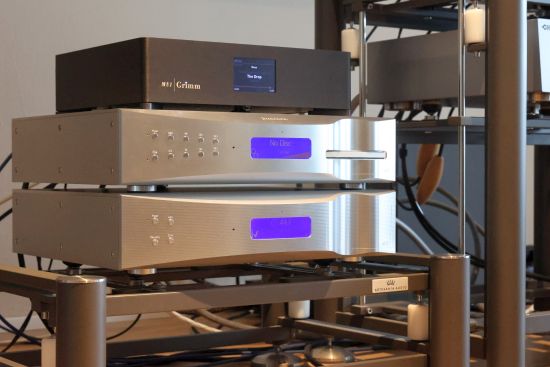
Description
After 10 years of service, the original dCS motherboards used in the “classic” dCS components, such as the Delius, Purcell, and Elgar, were hitting the limit of their designs. This prompted the development of a new generation of motherboards, which formed the heart of the top-of-the-range Scarlatti range and were implemented in the Paganini Clock, DAC, and Drive.
In common with the Scarlatti and Paganini ranges, Puccini uses the dCS-proprietary DSD signal processing and Ring DAC. When playing a CD or a source via digital inputs, Puccini can upsample conventional PCM to DSD and offers the choice between PCM or DSD playback. A number of optimized DSP filter options elevate the performance further and allow listeners to use Puccini as a standalone DAC or the ultimate one-box CD/SACD player. Puccini also features a digital volume control (allowing you to connect directly to a power amplifier), as well as two digital inputs. A precision VCXO clock generator is housed in Puccini, and this can also be synchronized to an external master clock to reduce jitter further and improve performance.
Matching the Puccini Player with a Paganini U-Clock (the very slim unit not tested here) reduces jitter to even lower levels, improving the sound. Puccini U-Clock also features a USB to S/PDIF converter, which lets Puccini owners play high-resolution music stored on a computer.
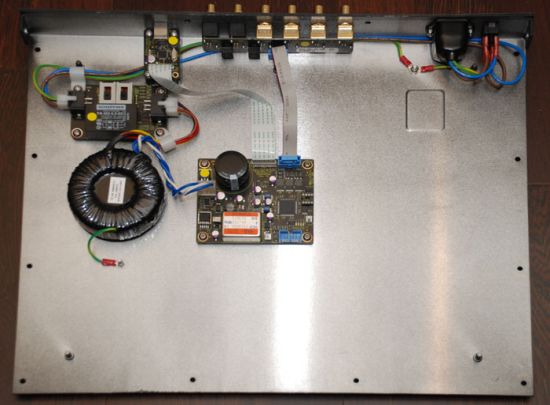
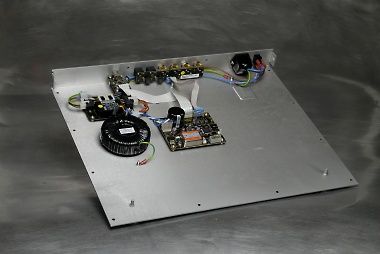
Above: dCS U-Clock (not reviewed here); Below: Paganini Master Clock (as reviewed)
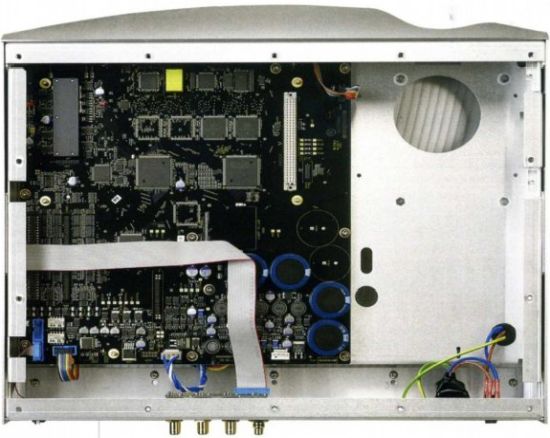
Used as part of the Paganini digital audio playback system, the Paganini Master Clock takes the sound into an entirely new domain. The Paganini Master Clock is based on the professional dCS studio master clocks and the classic Verona clock. An asynchronous USB input is fitted to the later models, which allows high-resolution audio to be played from a computer. In this mode, it can synchronize the audio by providing a feedback pipe to the PC or Mac, effectively clocking the computer’s audio stream by the Master Clock for dramatically lower jitter. Clock frequency is automatically switched to suit the incoming audio stream, resulting in extremely accurate performance.
dCS equipment is designed to generate and accept industry-standard Word Clock on 75 ohm coaxial cable. Other manufacturers’ equipment designed to accept standard Word Clock can be used with our clocks. Non-standard clock formats must be assumed to be proprietary to that manufacturer.
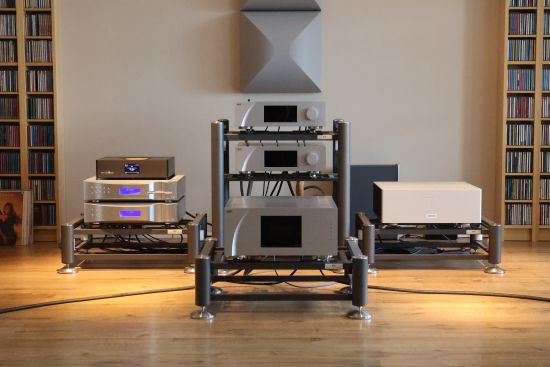
Listening
By itself, without the Paganini providing a reference clock signal, the Puccini sounds fast, articulate, focused, transparent, open, and airy. It’s well-detailed but also relatively smooth with a very small hint of warmth/creaminess, although, seemingly contradictory, it can still verge on the dry and matter-of-fact side, especially when connected directly to a power amp. Even when driving a power amp directly, it’s airy and refined and not rough or stereotypically “digital”, but an analog preamp still offers relevant benefits.
When using an analog preamp, the signal can be treated in many ways. Many people choose to use a tube amp, and there is no denying that tubes do certain things better than transistors.
The CH L1 preamp is very linear and exceedingly neutral, but it still imparts a welcome sense of fluidity, flow, and continuity, as well as a larger soundstage with more apparent depth. When used with a synergistically working interlink (verging to the richer side), such as the Ensemble DynaFlux FSF, the player achieves just the right counterbalance to become appealingly organic, nicely saturated, yet still open and detailed. The power cable should also not be an afterthought. The GigaWatt LC-2 EVO that I also use with the CH C1.2 DAC works well in allowing the Puccini to produce the maximum in terms of precision and articulation whereas the GigaWatt PowerSync ULTRA works wonders when using the Puccini directly to a power amp.
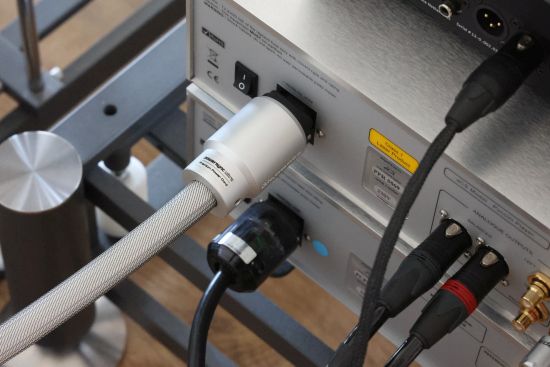
GigaWatt PowerSync ULTRA connected to Puccini
With CDs or SACDs, the Puccini sounds considerably more fluid, spacious, and continuous than with a digital input, whether from the Grimm MU1 or the Antipodes OLADRA. SACDs do often sound better with a higher sense of air treble refinement and more flow.
Adding the Puccini Master Clock further enhances the sense of organic flow, increases the level of refinement, and deepens the soundstage.
I experimented with the upsampling and dithering and felt that upsampling aided the musicality and emotional aspects of the music, whereas I universally preferred the sound with dither off. To my ears and in my system, dither invoked too much rounding of the transients, impacting the sense of pacing. Interestingly, the owner of this combo prefers the sound with dither on. He has AvantGarde Uno horn speakers. As always, system synergy is an important factor to take into consideration.
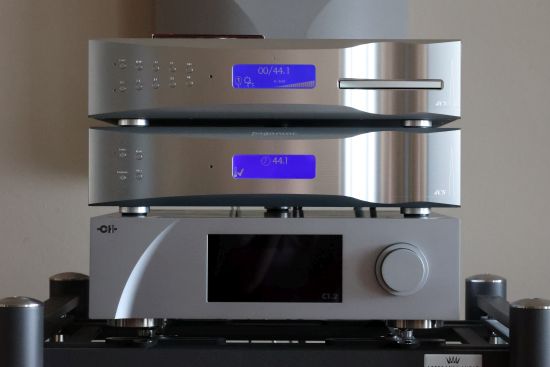
The dCS Puccini CD/DAC and Paganini Clock combo sound great on top of the heavy CH C1.2 as support:-)
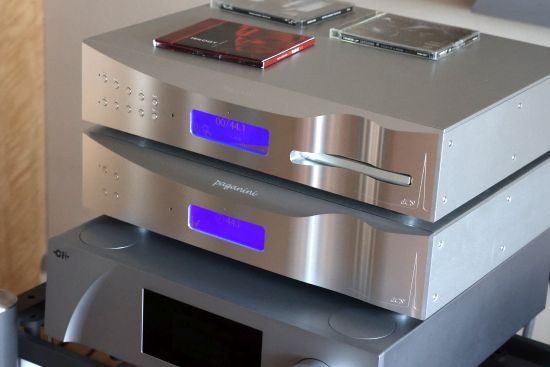
When using the Paganini’s USB input (with the Antipodes OLADRA or the Taiko Audio Extreme), the sound is technically on a high level but musically and emotionally not quite as involving as when using the Puccini CD player. Somehow, it remains comparatively a little distant and controlled. I wondered if the digital inputs lose a bit of magic compared to the CD player or if the CD player adds a touch of magic that perhaps should not be there. A third option could be that perhaps the DAC sounds inherently just a little lean and clean, and it likes a bit of added romance. Given that the CH C1.2 DAC sounds tonally more saturated and more full-bodied, I lean toward the latter.
Of course, this was only a short test, and as always, YMMV.
External Links
Manufacturer’s website: XXX



